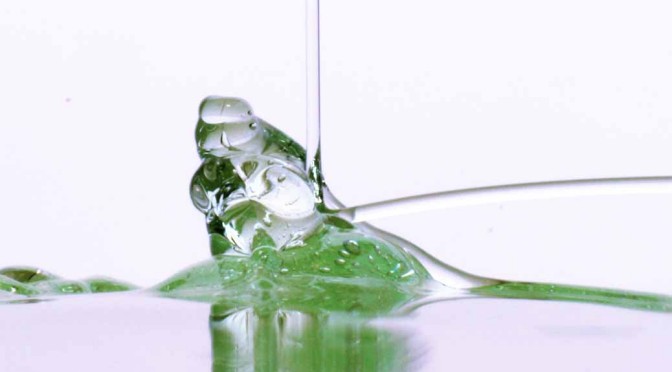By Anupum Pant
This is really interesting and I can’t explain why. You’ll have to see it for yourself.
Long time back, researchers at the University of Twente in The Netherlands thought of something very weird. They decided to drop a thin stream of shampoo from a height of about 20 cm, ended up discovering an absurd physical effect and winning great accolades for it – The Kaye effect.
The seemingly weird effect can fairly easily be achieved at home by dropping a thin stream of shampoo on a relatively hard surface. In individual steps, this is what happens when you do it:
- As the stream gets collected, it forms a little shampoo heap.
- Amazingly, and counter-intuitively, a secondary stream ejects off the heap.
- The mythical secondary stream becomes bigger, shoots further.
- And finally hits the incoming stream – this collapses the Kaye effect.
Of course, everything happens really fast. But, if you look at it on extremely slowed down film, you’d see the individual steps happening one after the other.
True, the secondary stream collapses too quickly, scientists weren’t happy about that either. So, they tried tilting the hard surface slightly to achieve a stabler version. Lo! And they had a stable Kaye effect.
This happens because due to certain physical forces the viscous liquid becomes slightly less viscous temporarily – they call it shear thinning. As a result, it causes a new stream to emerge. May be the same effect could be achieved with other thicker liquids like lava, ketchup, whipped cream, blood, paint, and nail polish. But, then lava is too dangerous, and others (barring blood and paint) seem to be too thick. I’m guessing, dropping thicker ones from a higher place could make this happen.
If you find this interesting,you’d definitely love the egg and milk effect, also the chain of beads defying gravity.
Here, watch it on video.
